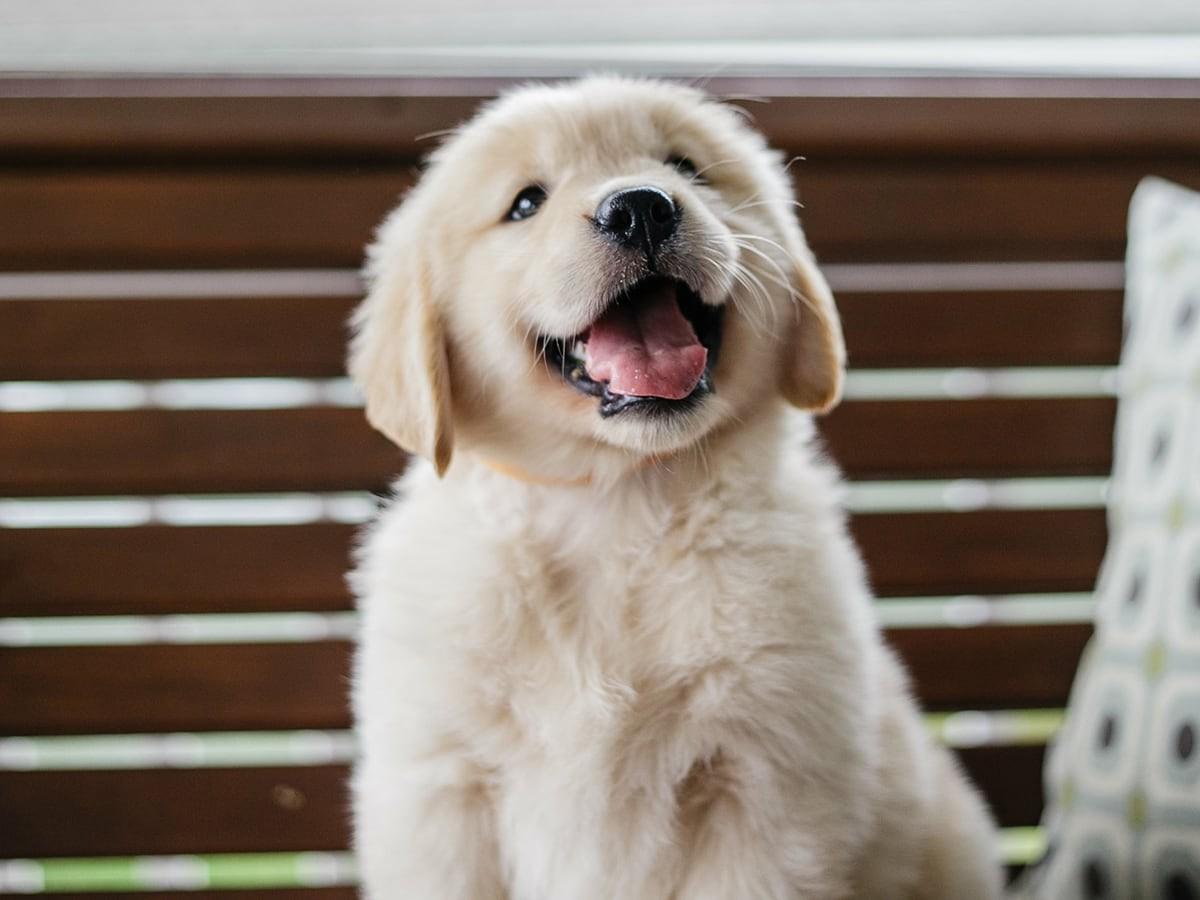A dog having accidents in the home is one of the most common frustrations any dog owner faces as they’re raising their dog.
At Hope Gables Canine, we often turn away these cases for boarding, and alternatively, share training guidance remotely, oftentimes over a phone call, which has proven to be highly successful & effective for our clients. And for the first time ever, we’re sharing these tips in partnership with Spot Pet Insurance so that you can incorporate them at home as well.
So put away the paper towels, and keep reading!
Items You’ll Need:
A crate: A crate allows you to manage your dog’s movements while you’re working on potty training them so that the likelihood of accidents happening in the home decreases. After all, most accidents happen when we’re not closely monitoring our dogs, which only strengthens the habit, creating a perpetual cycle of not catching the moments leading up to the act. You will of course provide numerous moments during the day for your dog to relieve themselves and shouldn’t ever leave your dog in a crate longer than they’re able to hold their bladder.
Treats: Having treats handy when your dog does go to the bathroom outside will reinforce the behavior you’re looking for. This is especially important so that your dog understands a very simple concept: “I go outside” = a treat appears, “I go inside” = no treat appears.
Patience: Potty training a dog doesn’t happen overnight and you cannot correct your dog for having an accident in a way they will understand. Try to avoid getting upset, raising your voice, or alike, as this will only make the issue worse. If your dog does have an accident, take a deep breath, and immediately take them outside.
A Step-By-Step Guide:
Establish a routine that includes the same times each day for which you will plan to take your dog to the bathroom outside. Jot these times down and try to stick to them as closely as possible.
If you take your dog outside and they don’t go to the bathroom, you don’t want to bring them back inside and give them free roam of the entire house. This is when most accidents occur. Instead, place them in the crate, and try again 10-15 minutes later. Your crate should only be big enough for your dog to turn around and lie down comfortably. A crate too big can lead to accidents forming inside of it which defeats the purpose.
Bring them back outside to the exact same area in your yard and use the leash to keep them from wandering too far outside of the boundary you’ve defined. This will help prevent your dog from becoming distracted.
Rise and repeat Steps 2-3 until your dog goes to the bathroom outside. Once they do relieve themselves, praise your dog and give them a high-value treat. These are pivotal teaching moments that should be rewarded each time at the beginning of this process!
You can now give your dog an increased level of freedom indoors without the use of the crate but continue to monitor them closely. As it gets closer to their next potty session, you’ll want to keep an even closer eye on them to mitigate an accident from occurring.
In Closing:
While accidents are common for young dogs, it is important that you begin the process outlined above as early in their life as possible. A dog that is only partially potty trained will grow into maturity still having accidents and the habit will become harder to reverse as time passes.
By following the above routine, the idea is that you’re seeing fewer accidents occur as the months progress. Be as consistent as possible and be patient, your dog will be potty trained before you know it, and you can pat yourself on the back for all of your hard work along the way.
Happy training!

Nicolas Angione is the founder and head dog trainer at Hope Gables Canine, based in Fairfield County, CT. Inspired by his own dog's reactive journey and rehabilitation, he left his career behind to become a dog trainer. After years of shadowing other dog trainers in the industry, he started his own practice, which has successfully helped hundreds of dog owners, both domestic and abroad, regain peace and harmony with their dogs. Many of these success stories, dog training tips, and more can be found on their Instagram and YouTube pages.











